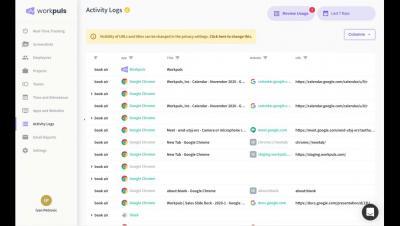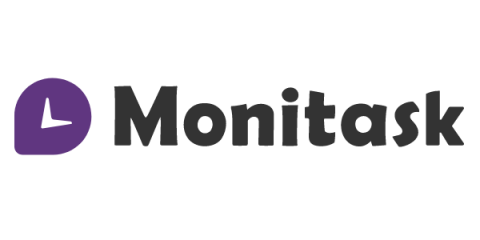Going Beyond Insider Threats: How to Balance Post-COVID Cybersecurity with Productivity Data for Remote Employees
For many organizations, the past several years have been defined by an unending pursuit of data privacy and cybersecurity. Prompted by a daunting threat landscape, new regulatory standards and increasingly onerous consequences, companies invested millions in securing their digital infrastructure as an all-in attempt to meet the moment.






